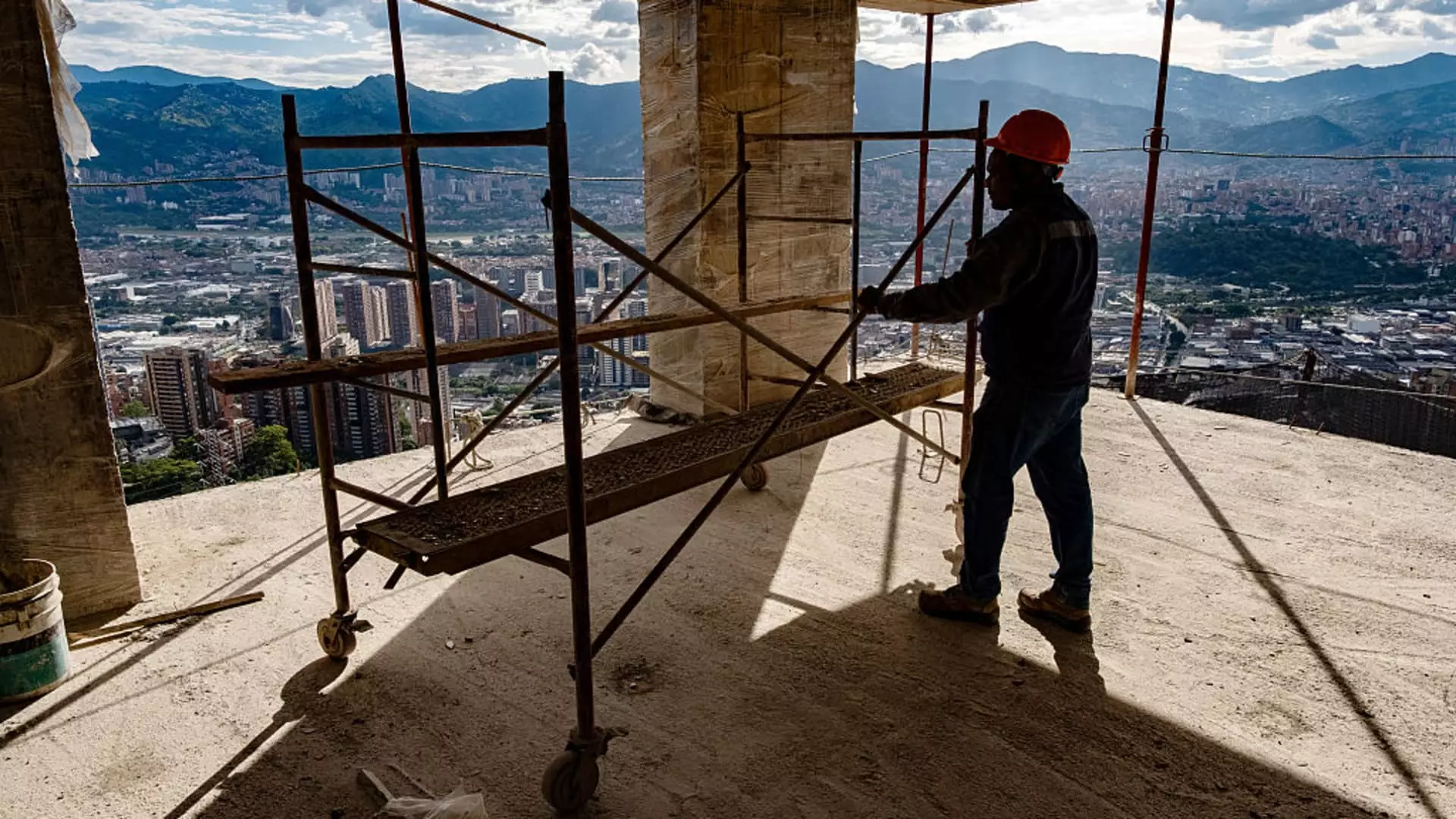The construction industry’s stubborn resistance to technological modernization has long been a cautionary tale about complacency in vital sectors. Despite its immense scale and economic significance, the sector remains an archetype of inefficiency, bogged down by outdated processes that squander resources and delay progress. This reluctance to embrace innovation is not merely a matter of convenience but a formidable obstacle to achieving a sustainable, efficient future. Clearly, the industry’s resistance to digitization is costing society heavily—through excessive waste, environmental degradation, and compromised safety standards. It’s high time for a paradigm shift that recognizes the immense transformative potential lying dormant within construction technology.
The Hidden Cost of Inertia
At the heart of the industry’s sluggishness is a critical lack of investment in digital tools—an anomaly in a world where every other sector has rapidly adapted to automation and data-driven processes. Construction companies allocate less than 1% of their revenue to IT—less than a third of what industries like automotive or aerospace dedicate. This underinvestment is a reflection of deep-rooted industry skepticism about change, but the consequences are dire. With nearly $1 trillion lost annually due to inefficiencies, the economic implications are staggering. More alarmingly, these inefficiencies translate into environmental harm, as wasted materials and unnecessary labor contribute to higher carbon emissions. Ignoring the potential of digital solutions in construction not only hampers profitability but also exacerbates ecological challenges, imperiling our collective sustainability efforts.
Real Stories, Real Consequences
Sarah Buchner’s experience highlights the human cost behind these systemic failures. Coming from a family of carpenters in Austria and working her way into managing major high-rise projects in the U.S., Buchner encountered firsthand the dangerous and chaotic nature of traditional construction workflows. Her tragic experience with a fatality underscores the vulnerabilities of existing safety protocols and the urgent need for technological intervention. Her journey from a construction professional to a tech innovator reflects a crucial realization: that safety, efficiency, and environmental considerations could be significantly improved through smarter, data-driven approaches.
Harnessing AI for a More Rational Industry
Buchner’s response to these challenges is embodied in her innovative startup, Trunk Tools.. By leveraging the power of generative AI trained on real construction workflows, her platform aims to revolutionize how projects are managed. Instead of drowning in millions of pages of unstructured documentation, project teams can now access clear, actionable insights. This technology automates tedious tasks like document restructuring and risk assessment, allowing workers to focus on what truly matters—delivering projects on time, within budget, and with minimized environmental impact. The ability to seamlessly process complex blueprints, schedules, and specifications exemplifies how intelligent automation can elevate the industry’s standards.
The Promise and Perils of Technological Enthusiasm
While the potential of platforms like Trunk Tools is enormous, a critical perspective reveals that technological hype alone cannot solve all problems. The industry’s slow adoption of digital tools has been rooted in cultural resistance, legacy practices, and a persistent fear of change. For meaningful progress, stakeholders must confront these deeply ingrained attitudes and prioritize long-term investments over short-term gains. External partnerships, such as the collaboration with Microsoft, signal a step in the right direction but also emphasize that the transformative impact of these innovations depends on broad industry acceptance. Failing to critically evaluate and address the underlying barriers could turn these promising solutions into yet another missed opportunity for meaningful reform.
The Critical Need for Responsible Innovation
The influx of funding into startups like Trunk Tools points to a hopeful future—one where intelligent technology could finally unlock efficiency in a notoriously sluggish industry. Nonetheless, responsible innovation must go beyond profit margins; it must focus on ethical implementation, environmental sustainability, and workforce inclusion. Automation and AI can displace jobs if deployed recklessly, but they can also create new, better-quality roles if managed wisely. The construction sector’s slow march into the digital age is a mirror for society’s broader challenge: how to harness disruptive technologies thoughtfully, ensuring they serve the common good without exacerbating existing inequalities. Only through a balanced approach—centered on transparency, sustainability, and worker empowerment—can the industry truly transform and move forward.

